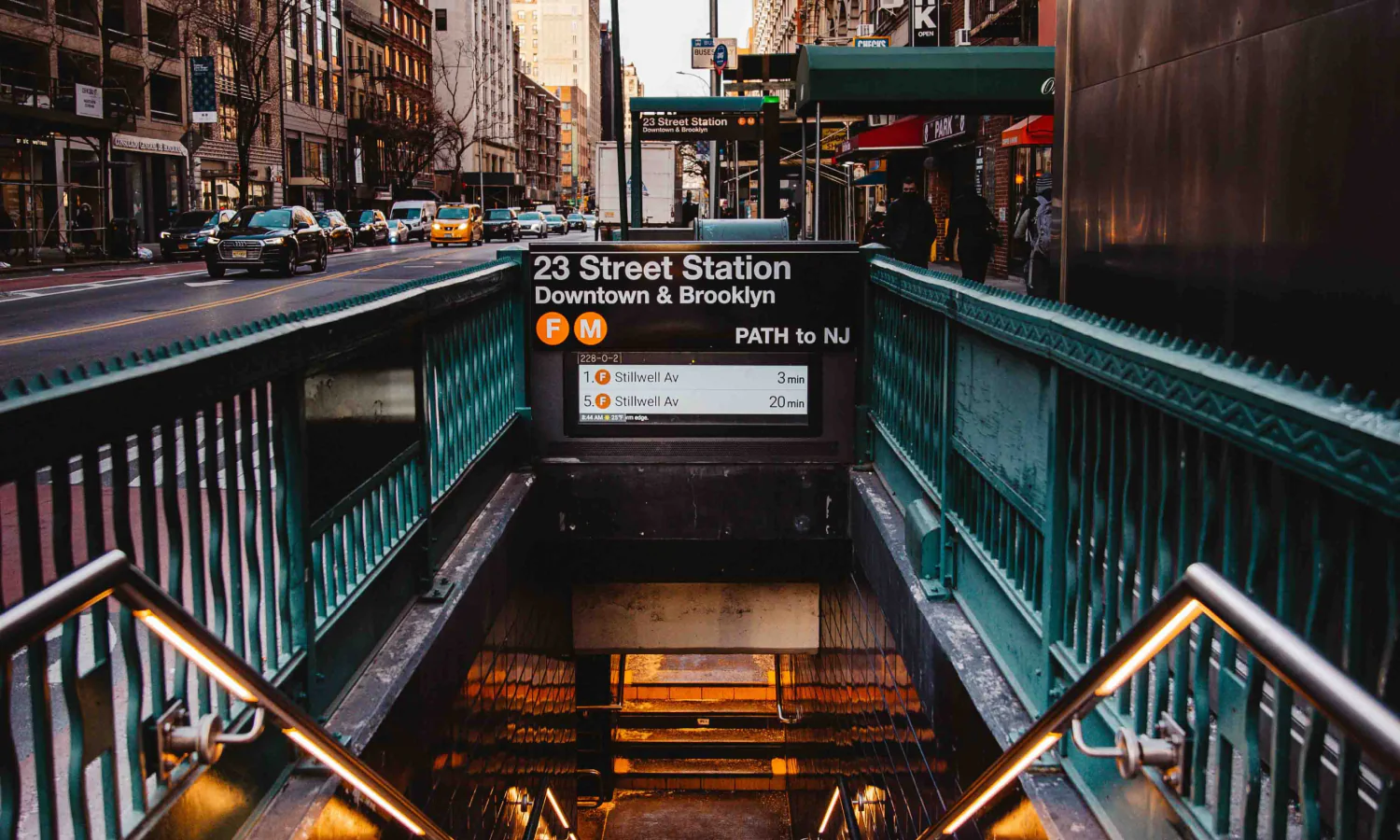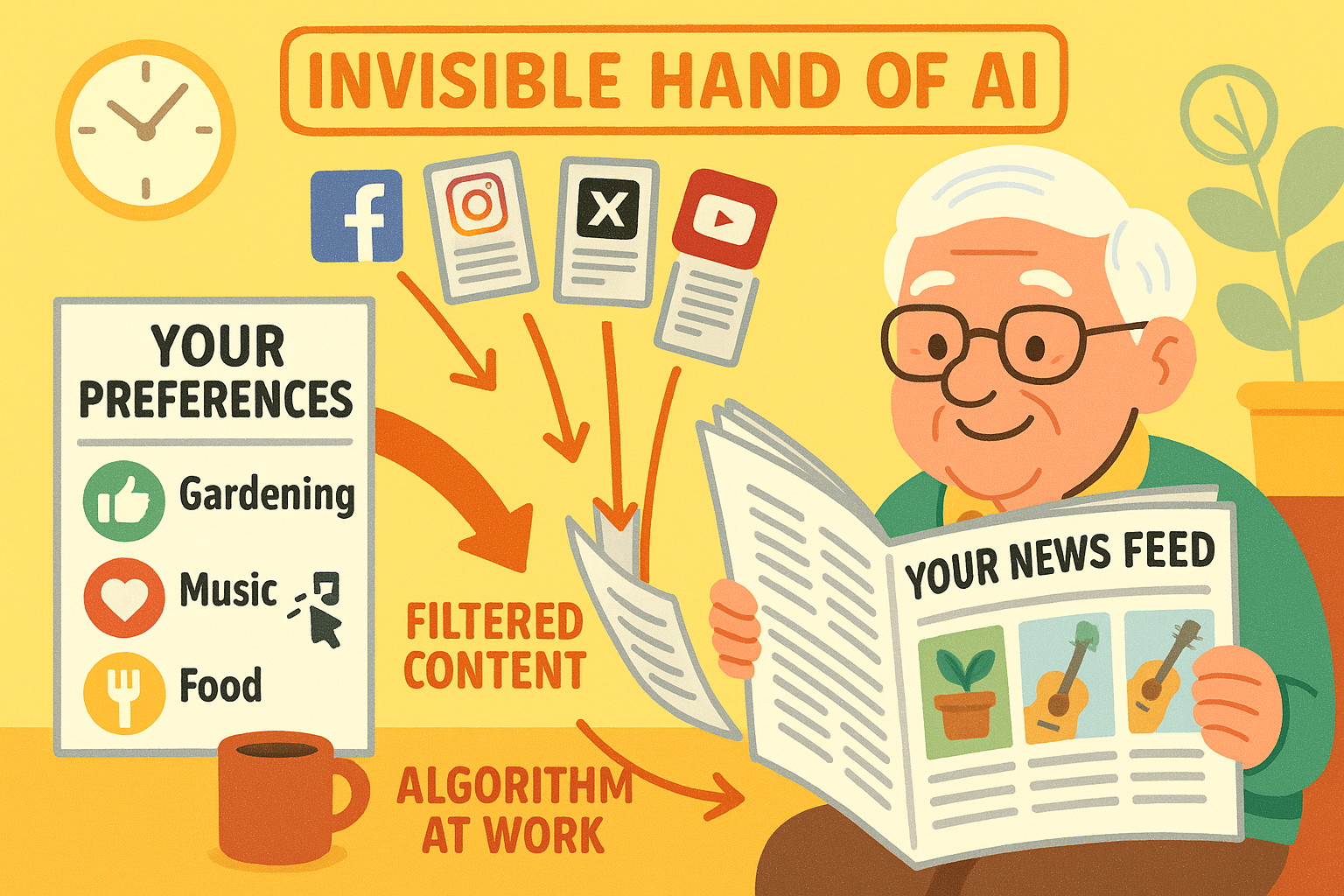
Newsletter Subscribe
Enter your email address below and subscribe to our newsletter


Have you ever had a private conversation with your spouse about, say, the urgent need for a flamingo-shaped pool float, only to find your Facebook feed suddenly plastered with ads for every inflatable tropical bird known to man? It’s enough to make you want to put a tiny tinfoil hat on your smartphone.
Or maybe you clicked on one news story about a local political kerfuffle, and now your entire feed is a raging debate hall, serving you nothing but angry posts that make you want to move to a quiet cabin in the woods with no Wi-FiWi-Fi, short for Wireless Fidelity, revolutionizes connectivity by enabling devices to access the in... More.
It feels like these platforms have a sixth sense for what will grab you, and they’re not shy about using it.
If you’ve ever felt like your social mediaSocial media refers to online platforms and websites that enable users to create, share, and interac... More is trying to nudge you, you’re not wrong. And you’re not alone.
There isn’t a tiny person inside your phone listening in (we hope). Instead, there’s something far more powerful at work: Artificial Intelligence (AI).
This isn’t about being scared of technology; it’s about pulling back the curtain to understand the magician’s tricks so you can enjoy the show without getting fooled.
So, what is this digital wizardry that decides whether you see your granddaughter’s graduation photos or a video of a cat playing the piano? It’s all run by something called an algorithmAn algorithm is a set of steps a computer follows to solve a problem or complete a task. It’s more... More.
Think of an algorithm as a hyper-caffeinated personal assistant whose only job is to guess what you want to see next.
Every time you “like” a post, share a video, pause to read a comment, or even slow your scrollScrolling is what you do when you move up or down on a screen to see more of a webpage, email, or do... More over a picture, this assistant takes a frantic note. “Aha! He likes classic cars!” or “Interesting, she seems to be worried about crabgrass.“
These algorithms on platforms like Facebook, Instagram, X (formerly Twitter), and YouTube then use these notes to build a personalized newspaper just for you.
The problem is, this newspaper isn’t designed to give you a balanced view of the world. It’s designed to keep you reading for as long as possible.

This is where AIArtificial Intelligence (AI) is basically when computers get smart—really smart. Imagine if your c... More comes in. AI supercharges these algorithms, making them incredibly good at predicting what will make you stop, click, and react.
They are programmed for one ultimate goal: engagement. And unfortunately, what engages us humans most effectively is often content that sparks strong emotions—like outrage, excitement, or fear.
This system goes beyond just showing you more of what you like. It actively “nudges” you toward certain opinions, moods, and even what you buy.
It’s like a store clerk who doesn’t just show you things you might like but subtly steers you toward the most expensive items on the shelf.
Have you ever noticed how social media can feel like an “echo chamber”? If you lean a little to the left or right politically, the algorithm notices.
Soon, it’s feeding you a steady diet of posts that confirm your existing beliefs, while showing you fewer and fewer posts from the “other side.”
This isn’t a conspiracy; it’s just business.
The algorithm knows that posts we agree with make us feel good and validated, so we “like” and share them. Posts that make us angry also get a strong reaction.
Both keep us glued to the screen, which is great for the platform’s ad revenue but not so great for balanced conversations or our peace of mind.

The same AI that shapes your newsfeed is also in charge of the ads you see. It knows your age, your location, your hobbies, and what you’ve been browsing online.
This is why you see ads for gardening tools after watching a video on planting tomatoes.
But it can also be used to exploit vulnerabilities. If the AI detects you’ve been looking up information about retirement finances or health supplements, it can target you with ads that prey on those specific concerns, pushing everything from questionable investment schemes to “miracle” cures.
Okay, so there’s an invisible AI overlord trying to shape our thoughts and drain our wallets.
Time to throw our computers in a lake? Not so fast!
The key isn’t to unplug from the world, but to become a smarter, more skeptical navigator of it.
Think of this as your personal toolkit for staying in charge.
Feeling empowered? Good. Here’s a simple checklist to put what you’ve learned into practice and start building that digital shield today.

In simple terms, it’s when platforms use powerful AI programs to analyze your behavior and then show you content specifically designed to keep you online longer, influence your opinions, or persuade you to buy something. It’s less about an evil robot mastermind and more about a system designed to maximize profit by capturing your attention.
It’s getting harder, but there are still clues! For fake images, look for weird details like people with six fingers, strange backgrounds that don’t make sense, or a waxy, too-perfect look. For text, watch out for repetitive phrases, generic-sounding language, or comments that seem slightly off-topic.
It’s a problem because it can create a “filter bubble” or “echo chamber.” If you only ever see information that confirms what you already believe, your worldview can become narrow and polarized. It makes it harder to understand other people’s perspectives and easier to be misled by misinformation that caters to your biases.
Unfortunately, no. Algorithms are the basic operating systemAn operating system (OS) is software that manages computer hardware and provides a platform for runn... More of social media platforms. However, you can reset the algorithm. Also, by consciously engaging with a wider variety of content and using the privacy and content settings available, you can “teach” the algorithm to show you a more balanced feed. You are still in the driver’s seat.